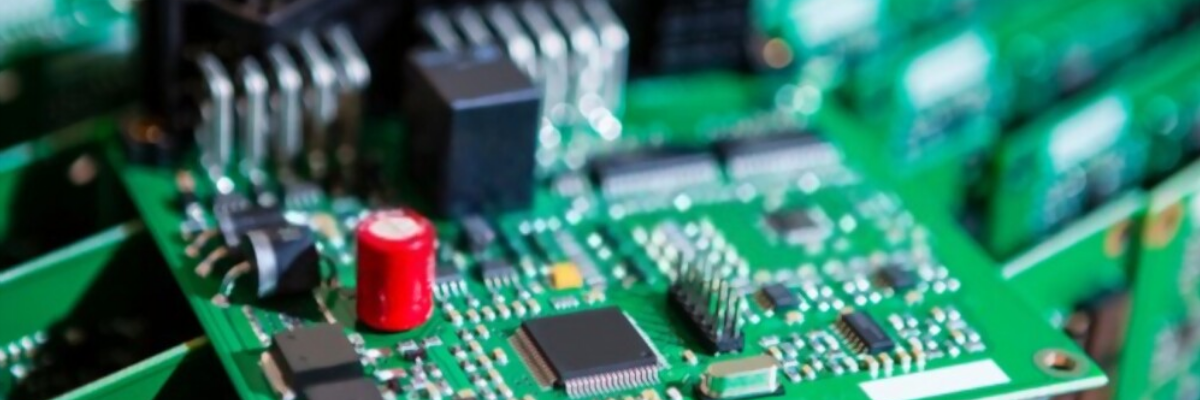

PCBs are really the backbone of any electrical, electronic, or electromechanical device or equipment. They form the base of that product or device in terms of functioning and circuitry, and hence need to be flawless and accurate. Advancements in PCBs have led to their way in mission critical applications. However, no matter how good the PCB is, there will be heat generation after continued use. These increased temperatures damage the product and system, and have an impact on the electrical and thermal performance. Heat generation has been a persistent issue, and hence PCB manufacturers build heat sinks and cooling fans on the boards to maintain the required temperature. However, today circuit board sizes are shrinking, while their designs and components are becoming increasingly complex. Heat sinks are not enough for these complex PCBs which produce a whole lot of heat, and hence high temperature PCBs are made. This topic delves into the details of these high temperature printed circuit boards, their design, benefits, and more.
A high temperature PCB has a glass transition temperature more than 170 degrees Celsius. This glass transition temperature (Tg) is the temperature or the range within which the glass-like polymer material of the PCB changes or transitions into a softer material. It only softens but does not melt. These materials are specific, and must be used in case the product or application temperature is more than 130 degrees Celsius. This is because the thumb rule here is that the operating temperature must be at least 25 degrees Celsius below the glass transition temperature of the PCB material used. These Tg materials must be resistant to corrosion, chemicals, flame, smoke, and so on. Here are the most commonly used Tg materials:
Typically, heat is dissipated through conduction, convection, or radiation. This is important aspect of PCB design which helps manage component and system temperature. While all these methods may reduce the temperature, to some extent, it may not be consistent. Also, trying to reduce PCB temperature would add to the cost, size, and weight.
So, high temperature resistant PCBs are the only reliable answer for high temperature applications. Else, normal PCBs when excessively heated, may cause mechanical stress and damage the conductors. This will affect the overall performance of the product or it may even crash.
If you are an OEM making parts or products with PCBs for heat sensitive or mission critical applications, then using high temperature PCBs is a wise choice. However, ensure these boards are sourced from reliable and certified PCB manufacturers and service providers. Also, ensure they offer enough customization to suit your requirement. Twisted Traces designs, fabricates, and assembles various types of PCBs including high temperature PCBs, and offers prototypes based on your requirements before the final approval for full scale production is sanctioned.
.png)
